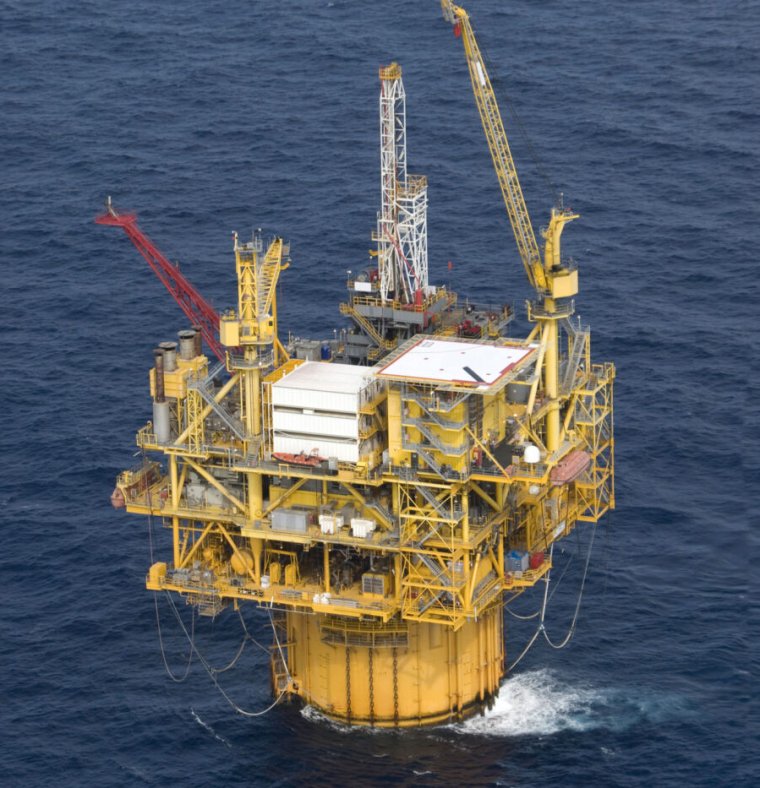-
chevron_right
Ecuador’s president won’t give up on oil drilling in the Amazon. We plan to stop him – again | Nemonte Nenquimo
news.movim.eu / TheGuardian · Sunday, 16 June - 13:06 · 1 minute
This forest is our home, our existence and our children’s future. Politicians who can’t resist selling it for oil cash will feel the strength of the Waorani people
In 2019 I helped lead a movement that defeated the Ecuadorian government’s plans to auction half a million acres of Waorani territory in the Amazon to oil companies. We showed in court that the government had violated its legal obligation to obtain free, prior and informed consent from Indigenous communities. We won a moral and legal victory on behalf of our ancestral home in that moment – or so we thought. Now, however, Ecuador’s president plans to plough through that legal judgment and recommence oil drilling on nearby Indigenous lands. He obviously hasn’t reckoned with the strength and tenacity of the Waorani people.
In winning that landmark legal case, we protected pristine rainforest lands, Indigenous autonomy and our planet’s climate from further deforestation. We protected our homes, our children’s future and the forests where I grew up playing with my siblings and pet monkeys, learning to garden and make fresh chicha, and where my people still live today. No more destroying our lives, homes and forests to pump the blood of our ancestors from beneath the soil.
Do you have an opinion on the issues raised in this article? If you would like to submit a response of up to 300 words by email to be considered for publication in our letters section, please click here .
Continue reading...



